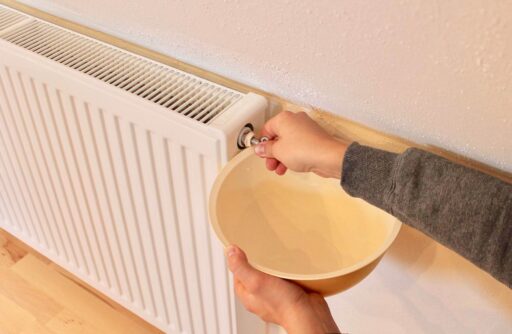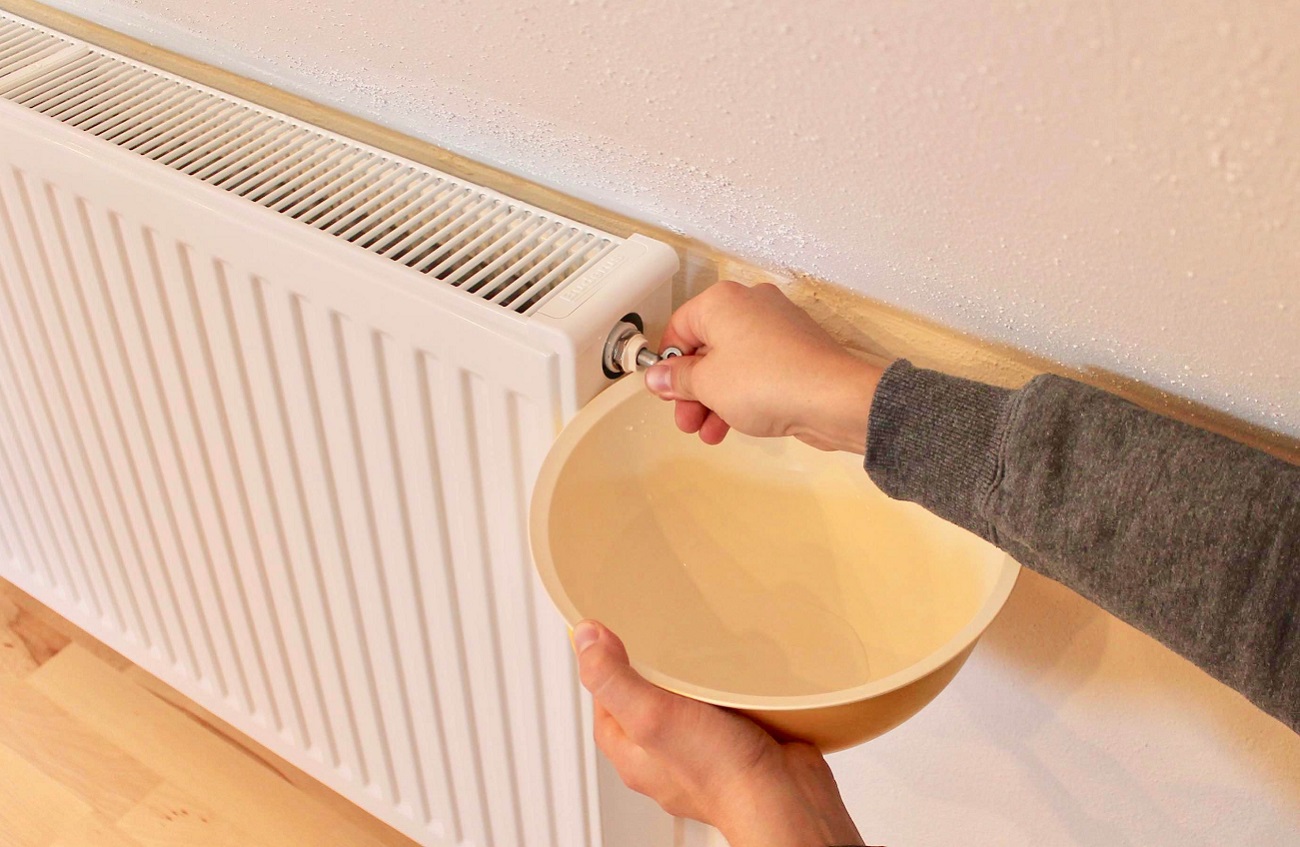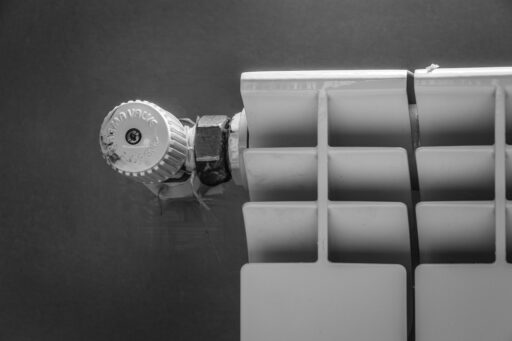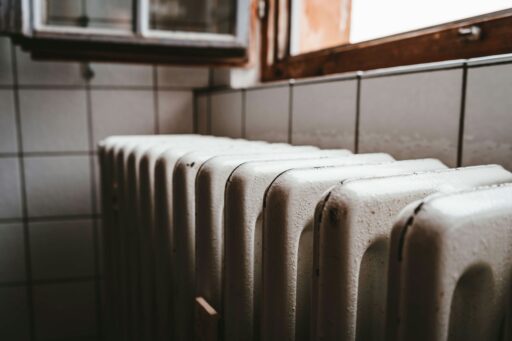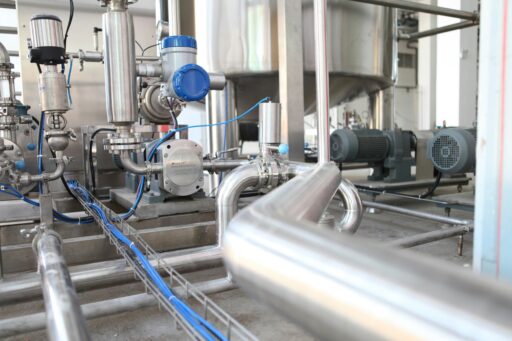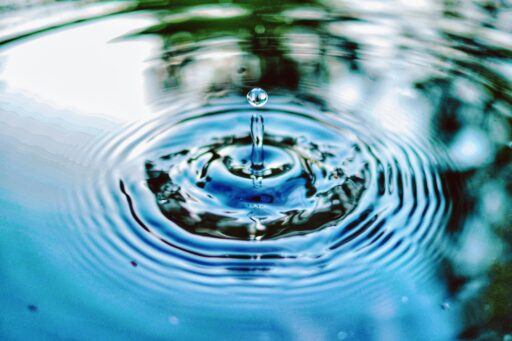If your radiators are not heating up thoroughly, it could be that they simply need bleeding. Ineffective radiators can put a strain on your central heating system, including heating pumps such as the Wilo central heating pump from Pump Sales Direct. This means it has to work harder to pump the water around your system, but your house is still not heating up correctly. Bleeding a radiator should ideally be done at the start and end of the winter and is a quick task to complete.
Why should you bleed a radiator?
If air gets into your heating system and becomes trapped, it can stop it working as efficiently as it should. It is generally very easy to tell whether you have air in your radiator by simply touching it when the heating is on. If it is colder at the top than it is at the bottom, your radiator probably has air in it. Air can also be generated in a heating system when the heating pump blades spin around, such as blades in the Pump Sales Direct Wilo central heating pump. The best method to rectify this is to bleed the radiators.
How to bleed a radiator
Bleeding a radiator is a simple DIY task; however, it can become messy and you should always have towels and a jug to hand before you start. This will help to protect the carpets from any dirty water that leaks out of the radiators.
Turn off the heating
The heating should be switched off before you start bleeding the radiators. This will stop any boiling water from leaking out or more air getting into the system.
Bleed radiators in order
It is important to bleed the radiators in the right order to be as effective as possible. In properties with two or more floors, you should start with the downstairs radiators and work from the one that is located the greatest distance from the boiler. When the radiators on the lower floor are finished, you should employ the same method with the upstairs ones.
Radiator bleed valves
The bleed valve is a square plug at the side of a radiator. A radiator bleed valve key, which you can purchase at any DIY store, can be used to loosen the valve. Before you loosen it, hold a cloth underneath and then begin turning it anti-clockwise. You will hear a hissing sound if any air is in the system. When the hissing stops and water comes out, you should close the valve securely.
This process can then be repeated for all the property’s radiators to ensure they are working efficiently. By doing so, you will heat your home more efficiently and make the best use of your heating system and pump, such as those available from Pump Sales Direct.

